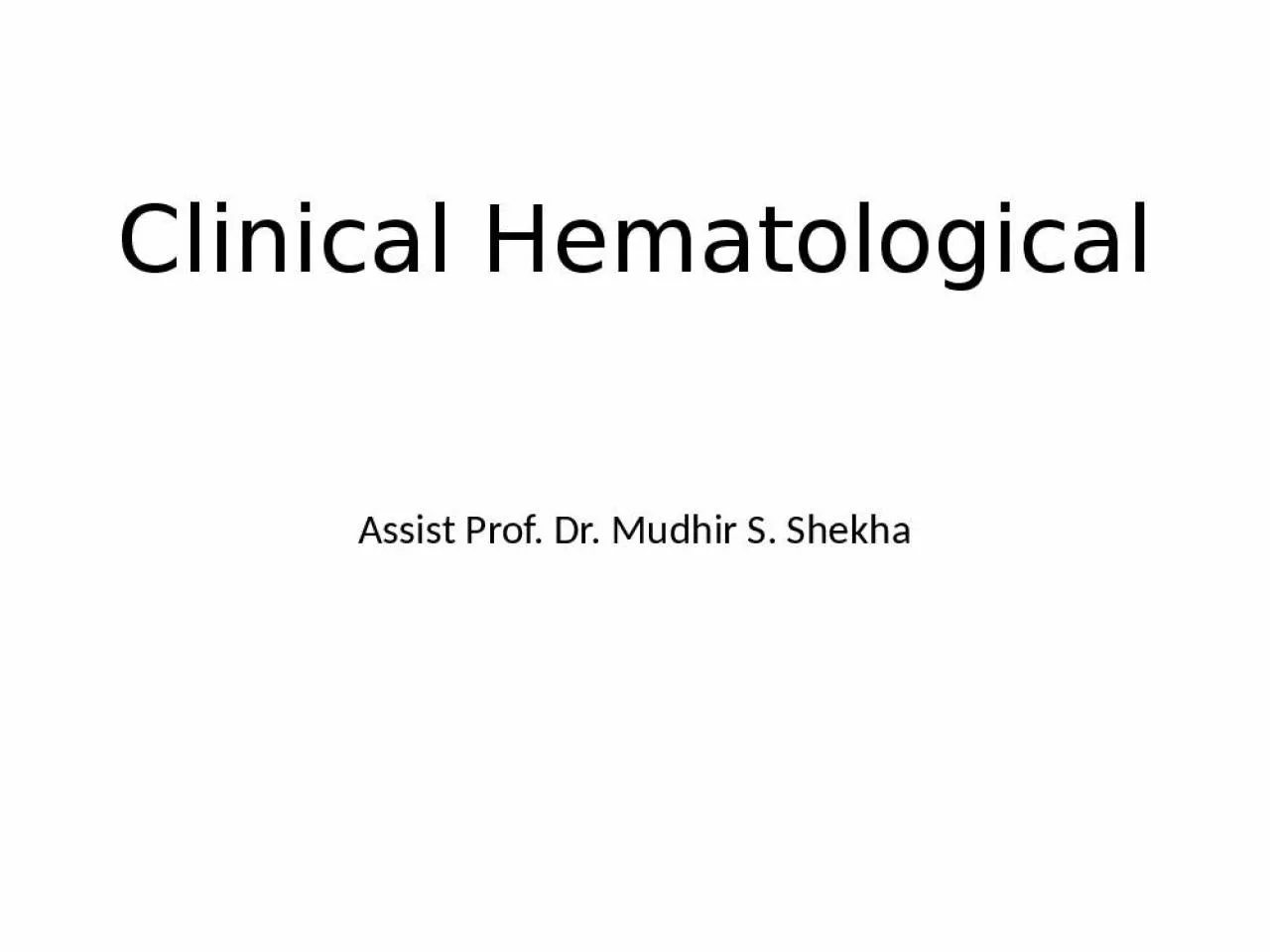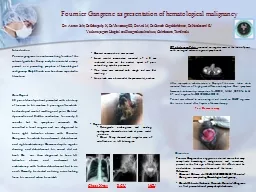PPT-Clinical Hematological Assist Prof. Dr.
Author : ceila | Published Date : 2022-02-15
Mudhir S Shekha Aplastic anemia Aplastic anemia was first described by Paul Ehrlich in 1888 from an autopsy of a young pregnant woman Aplastic anemia an unusual
Presentation Embed Code
Download Presentation
Download Presentation The PPT/PDF document "Clinical Hematological Assist Prof. Dr." is the property of its rightful owner. Permission is granted to download and print the materials on this website for personal, non-commercial use only, and to display it on your personal computer provided you do not modify the materials and that you retain all copyright notices contained in the materials. By downloading content from our website, you accept the terms of this agreement.
Clinical Hematological Assist Prof. Dr.: Transcript
Download Rules Of Document
"Clinical Hematological Assist Prof. Dr."The content belongs to its owner. You may download and print it for personal use, without modification, and keep all copyright notices. By downloading, you agree to these terms.
Related Documents














